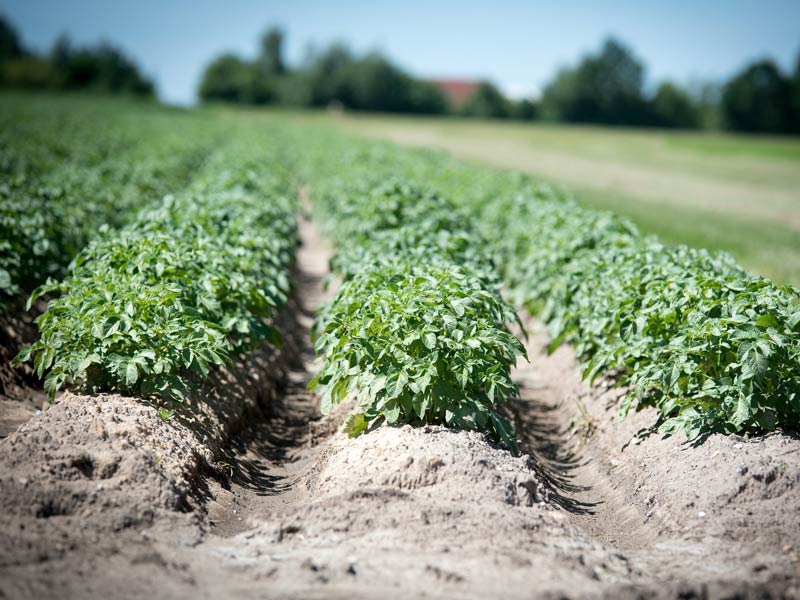March has arrived. And you know what that means – it’s planting time. If you’re new to this farming thing, don’t worry. We’ll walk you through what you need to know to plant successful crops.
One thing we’ve got here in abundance is fertile soil. That and a great climate for growing things means you can grow a huge variety of plants here. Let’s get started by preparing your land.
Testing Your Soil
Before you even decide what to plant, you need to know what kind of soil you’re working with. After you have your soil tested, you can improve the nutrient content and pH balance to meet the needs of the crops you have in mind or choose crops based on the type of soil you have. The University of GA (Go DAWGS!) offers soil testing through their Agricultural & Environmental Services Laboratory County Office. A routine test costs $6, or you can order a mail in kit for $15. Without testing, you can spend a lot of time and money planting crops that won’t grow.
Don’t assume your soil is the same all over your property. If you have a spot that was once a flower bed or a corner of your lawn but is now part of your vegetable garden, the soil in that area may have been fertilized in a different way than the rest of the plot. Send labeled samples from different areas to be sure you have the information you need. The lab will send back a detailed report along with recommendations for improvement.
Improving Your Soil
Chances are you’re going to find your soil is heavy in clay. That famous Georgia clay makes the soil dense with nutrients and it retains moisture well, but it’s harder for tender roots to get through. You may need to consider adding 6 to 8 inches of organic matter to improve the soil for planting vegetables and ornamentals.
When you till your soil, you can mix in organic materials and fertilizers advised by the UGA lab at the same time.
While you need to aerate and mix organics into the soil, don’t make the mistake of over tilling your fields. Tilling is undeniably the fastest and easiest way to prepare large field areas and get your crops in the ground, but it has drawbacks. Over tilling destroys the integrity of the soil, making it “fluffy” over time. Fluffy soil won’t produce quality crops.
Here are some basic tilling guidelines for soil health:
- Use minimal tillage. Minimal tilling causes less disruption to earthworms and beneficial microorganisms in the soil.
- Use shallow tilling – no more than 3” deep.
- Avoid chemical fertilizers when possible. Chemical fertilizers harm soil microorganisms, decreases earthworm activity, and lowers the nutrient content of some vegetables. Organic compost is a better option.
- Spread mulch to prevent runoff and washing out.
Planning Your Crops
Several factors determine whether your crops will be successful. Soil composition, specific area, rainfall, and sun exposure all factor in. To determine what will work best, first find out what zone you’re in, and then consult the Old Farmer’s Almanac (yep, it’s still around and still full of useful info) to find out what plants are most successful in your zone. For quick reference, northern GA is zone 7, most of middle Georgia is zone 8, and south GA is zone 9.
With your crops decided, you can consult a planting calendar and make a detailed plan for what to do and when.
Spring in Georgia is a great time to plant beans, cantaloupe, cauliflower, corn, cucumbers, eggplant, peas, peppers, potatoes, squash, tomatoes, turnips, watermelons, and more. If that sounds like a bountiful harvest, you’re right! With the right planning, your table will overflow with green, healthy goodness in no time.









